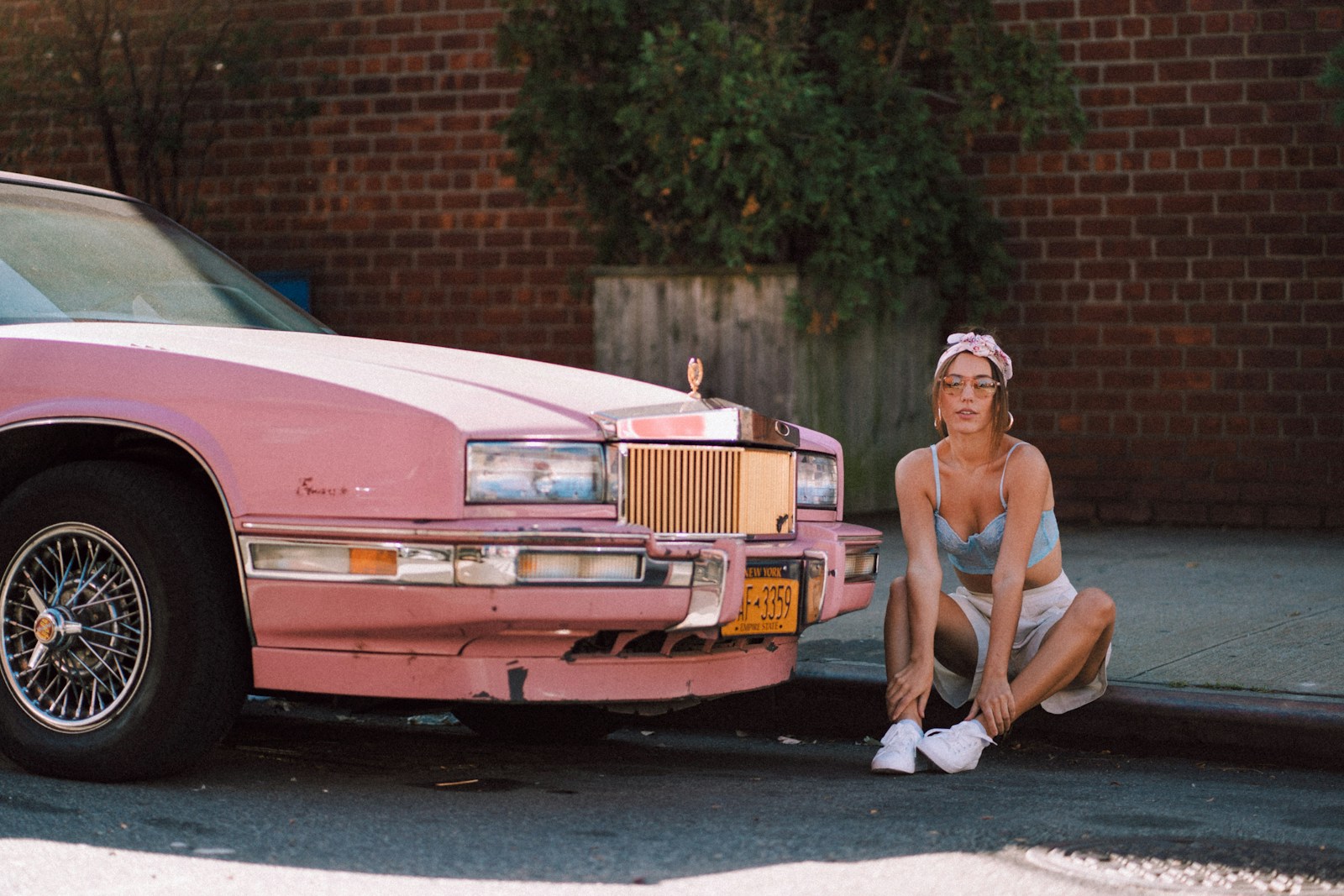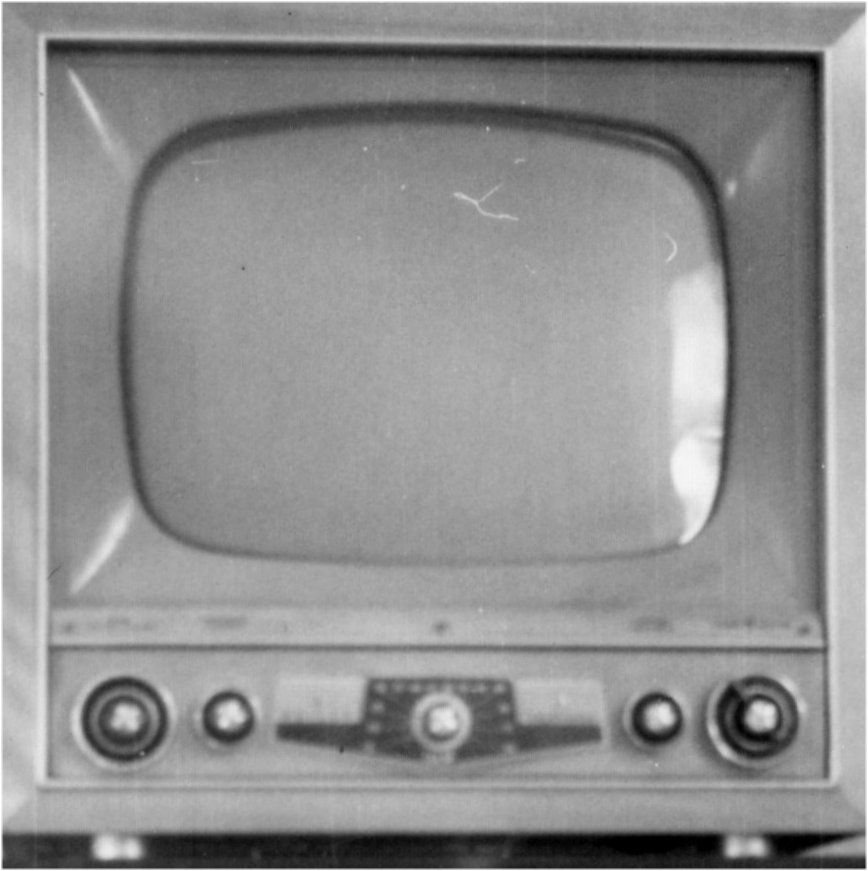
Oh, hey there, time traveler! Ever found yourself scrolling through old photos and wishing you could jump right into a different decade? Well, buckle up, because we’re about to do just that! The 1950s weren’t just a moment in history; they were a whole vibe, a vibrant tapestry of new beginnings, groundbreaking pop culture, and changes that still echo in our lives today. Get ready to have your mind blown by how truly iconic this era was!
It’s pretty wild to think about how much has evolved since then – from our phones to our fashion to the music blasting through our headphones. But honestly, sometimes the past is even more fun to explore than the present! The 1950s, in particular, were brimming with legendary people and unforgettable moments that shaped the world we know, proving that some things truly are timeless. It’s truly amazing to reflect on how different each generation experiences the world.
So, whether you’re a history buff, a nostalgia junkie, or just curious about how your grandparents might have lived, you’re in for a treat. We’ve scoured the archives to bring you 14 incredible glimpses straight out of the 1950s that everyone, no matter when they grew up, can absolutely vibe with. Prepare for a serious blast to the past – you might just find yourself wishing for a poodle skirt or a classic car!
Read more about: From Pixelated Thrills to Global Phenomenon: The Unstoppable Journey of Sega’s Iconic Speedster, Sonic the Hedgehog

1. **Dinner Table Classics That Defined an Era**When it came to dinner, meatloaf reigned supreme on American tables, a true symbol of post-war prosperity and comforting tradition! Paired perfectly with creamy mashed potatoes and wholesome green beans, this hearty main dish embodied the era’s sense of abundance and warmth. Families gathered nightly around tables adorned with these familiar favorites, creating cherished memories and reinforcing the importance of shared mealtimes.
But it wasn’t just savory dishes that made headlines; vibrant Jell-O molds, containing everything from fresh fruit to unexpected vegetables, proudly showcased homemakers’ creativity and flair. Then, in a true culinary revolution, the introduction of TV dinners in 1953 forever changed mealtime dynamics, allowing families the exciting new convenience of eating right in front of their television sets while catching up on their favorite shows. This innovative concept reshaped American eating habits, making mealtime both effortless and entertaining.
Beyond the home, the 1950s also marked the exciting creation and widespread expansion of many multinational restaurant chains that are still household names today! Imagine, the likes of McDonald’s, Denny’s, Burger King, IHOP, and Pizza Hut all began their journey to widespread popularity in this transformative decade. These emerging eateries reflected a shift towards convenience and a burgeoning culture of dining out, giving families and individuals new options for quick, delicious meals outside the home.
Read more about: 12 Legendary Childhood Snacks That Need an Epic Comeback Right Now (Seriously, What Were They Thinking?!)

2. **Rock ‘n’ Roll Revolutionizes Youth Culture**The 1950s truly marked the explosive birth of the rock and roll music genre, and if you were a teenager, your world was about to change forever! Leading the charge were electrifying figures like Elvis Presley, whose iconic swiveling hips famously scandalized parents while simultaneously thrilling teenagers across America. His incredible blend of country, blues, and gospel created a revolutionary sound that not only defined a generation but sparked a cultural revolution whose echoes can still be heard in music today.
Alongside Elvis, other incredible pioneers like Chuck Berry, Little Richard, Jerry Lee Lewis, and Buddy Holly were crafting the raw, energetic sound that would become rock and roll. Shows like American Bandstand, famously hosted by the legendary Dick Clark, became absolute must-see television for teens who were desperate to learn the latest dance moves and keep up with the hottest trends. It was a common sight to see poodle skirts twirling and teenagers jitterbugging with wild abandon to the irresistible beat of Bill Haley’s “Rock Around the Clock” at high school gymnasiums all across the country!
This vibrant musical era, however, also saw a moment of profound sadness. On February 3, 1959, a chartered plane carrying the beloved rock and roll musicians Buddy Holly, Ritchie Valens, and J. P. “The Big Bopper” Richardson tragically went down, an event later immortalized as “The Day the Music Died.” This heartbreaking moment, combined with Elvis Presley’s conscription into the US Army, is often cited as the symbolic end of the wild and groundbreaking 1950s rock-and-roll era, leaving behind an incredible legacy.
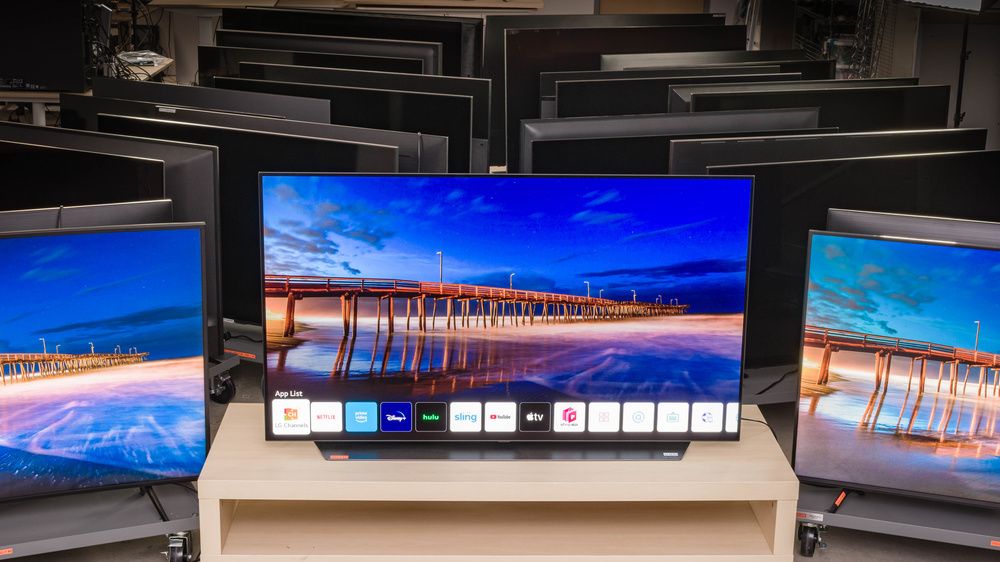
3. **Television Transforms Family Entertainment**Prepare for a blast from the past to the ultimate family gathering spot of the 1950s: the living room, where the small, glowing screen of a television set brought families together like never before! The 1950s are lovingly known by many as the “Golden Age of Television,” and for good reason. TV ownership skyrocketed dramatically, jumping from just 9% of households in 1950 to an astonishing 90% by 1959, fundamentally changing how Americans spent their evenings and their free time. “Lucy, I’m home!” became an iconic phrase echoing from homes nationwide.
This era introduced us to some of the most enduring and beloved shows in television history. Families eagerly gathered to watch classics like “I Love Lucy,” “The Honeymooners,” and “Leave It to Beaver,” which often reflected an idealized vision of American life. But the fun didn’t stop there! Other popular programs included “This Is Your Life,” “The Ed Sullivan Show,” “Howdy Doody,” “The Lone Ranger,” “The Mickey Mouse Club,” “Disneyland,” “Lassie,” “The Huckleberry Hound Show,” “The Tonight Show,” and “Alfred Hitchcock Presents.” Milton Berle, affectionately known as “Mr. Television,” became so incredibly popular that movie theaters actually closed on Tuesday nights because everyone stayed home to watch his show!
Television wasn’t just entertainment; it was a revolution that profoundly affected all aspects of American culture. The earliest television screens themselves even came in many forms, including round! As the context explains, “Television affects what we wear, the music we listen to, what we eat, and the news we receive.” It truly transformed the way Americans saw themselves and the world around them, making it the primary source of both information and amusement for most households.
Product on Amazon: Band Shirts for Kids Rock N Roll Girl Rock and Roll Costume T-Shirt
Brand: Rock N Roll Girl Halloween Costumes
Binding: Apparel Product Group: Apparel
Price: 17.99 USD
Rating: 4.8 Total reviews: 7
Features:
1. Rock and Roll t shirts for women. Rock N Roll Girl 80’s Rock and Roll Music, 90’s Rock and Roll Music. kids rock and roll t shirts. rock music tshirt woman. rock roll costume.
2. Rockstar costume for kids Rock N Roll Girl Guitarist Bassist Musician Rocker. rock and roll t shirts for girls. Rock roll shirt for women. Rock n roll shirt woman. rock n roll shirt tee
3. Lightweight, Classic fit, Double-needle sleeve and bottom hem
Top Review from US: “Perfect for our 5-year olds Rock-n-Roll day at school! A size small fit her well and she’s average sized.”
Shopping on Amazon >>
Read more about: You’re Not Alone: Some Everyday Things That Become Surprisingly Annoying As You Get Older

4. **Cars: Status Symbols and Freedom Machines**Oh, the cars of the 1950s! They weren’t just about getting from point A to point B; they were absolute works of art, gleaming symbols of prosperity and freedom that captivated the American imagination. With their dazzling chrome accents and sweeping tailfins, automobiles were transformed from mere transportation into rolling sculptures. Families proudly showcased their success and style with magnificent Chevrolets, sleek Fords, and luxurious Cadillacs parked prominently in driveways across the country, turning every street into a mini car show.
The nation’s love affair with cars and movies merged beautifully at the iconic drive-in theaters, creating a magical new experience for date nights and family entertainment alike. Imagine pulling up in your gleaming ride, parking under the stars, and watching a film on the giant outdoor screen – it was pure cinematic enchantment! These unique venues became cherished social hubs, offering a relaxed and memorable way to enjoy leisure time with loved ones, all from the comfort of your own car.
Adding to this sense of newfound freedom and adventure was the newly authorized Interstate Highway System, established in 1956. This ambitious project promised to connect Americans to destinations previously considered too distant for weekend travel, opening up the vast country for exploration and road trips. It wasn’t just about faster routes; it was about connecting communities, boosting tourism, and solidifying the automobile’s central role in the American dream, making every journey feel like an exciting possibility.
Read more about: The Ultimate Golden Decade of Cars: Design (60s), Performance (80s), or Innovation (2010s)?
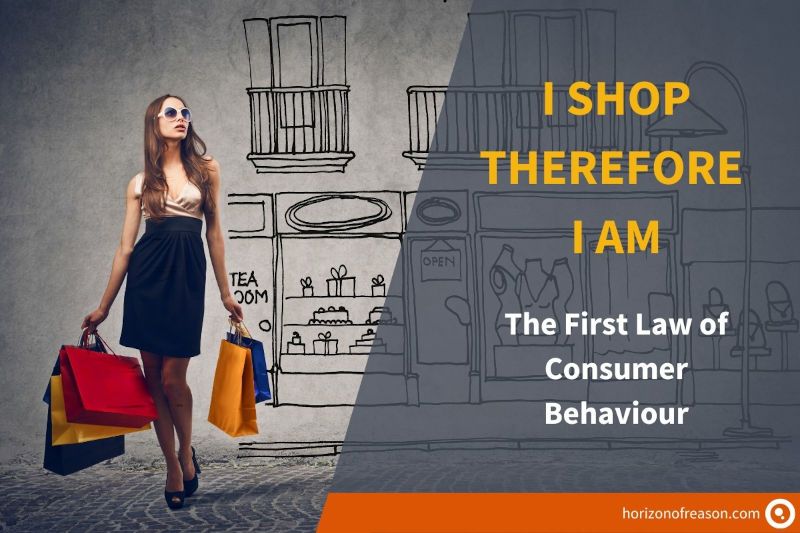
5. **Suburban Shopping Transforms Consumer Culture**As new suburban developments sprang up across the American landscape, so too did a brand-new kind of retail experience: the suburban shopping center! These convenient hubs brought the joy of retail therapy closer to home than ever before, marking a significant shift in consumer habits. Women, now with easier access to a plethora of goods, could be seen pushing metal carts through gleaming new supermarkets that were stocked with an unprecedented variety of packaged foods and household products, making grocery runs an exciting expedition.
Beyond just groceries, department stores like the colossal Sears and the ever-popular JCPenney became true destinations for families. These weren’t just places to buy things; they were where you could find literally everything from the latest household appliances to fashionable new clothing for every member of the family. Shopping became an enjoyable part of the lifestyle, a leisurely activity where choices seemed endless and every visit offered something new and exciting, reflecting the era’s growing affluence.
Adding another layer to this booming consumer culture was the pioneering introduction of the Diners Club Card in 1950. This innovative card wasn’t just a piece of plastic; it was a groundbreaking concept that truly pioneered consumer credit. It allowed Americans to participate more freely and easily in the growing culture of consumption, providing the means to acquire goods and services even when cash wasn’t immediately on hand. It was a clear sign that shopping was becoming a central, accessible, and thrilling part of American life.
Read more about: Adapting to Change: 10 Everyday Items and Practices on the Verge of Being Banned

6. **Home Technologies That Changed Daily Life**The 1950s were a golden age of innovation, especially when it came to making daily life easier and more comfortable right inside the home! Imagine the sheer delight as old-fashioned iceboxes were finally replaced by sleek, modern refrigerators. This wasn’t just a minor upgrade; it completely transformed food storage and revolutionized shopping habits, allowing families to buy more groceries at once and keep them fresh for longer, reducing the daily chore of food procurement.
And talk about a game-changer for homemakers! The introduction of automatic washing machines was nothing short of a liberation from the sheer drudgery of washboards and wringers. These powerful new appliances took the back-breaking labor out of laundry day, giving women more precious time for other activities, whether it was caring for their families, engaging in community life, or simply enjoying a moment of leisure. It truly was a monumental step forward for household efficiency.
Beyond the kitchen and laundry room, other marvelous inventions hummed their way into daily routines. Shiny vacuum cleaners glided across wall-to-wall carpeting, making cleaning a breeze, while electric mixers whirred in busy kitchens, simplifying baking and meal preparation. And while the average household typically owned just one telephone – often a classic black, rotary-dial model stationed in a central hallway – these devices, despite offering little privacy, were crucial in connecting families to their wider community, bridging distances and fostering a sense of connection in a rapidly growing world.
Alright, time travelers, are you ready for more? We’ve already zipped through some seriously iconic snapshots of 1950s America, but believe us, there’s even more magic to uncover! The past wasn’t just about what happened inside homes or what was playing on the radio; it was about the vibrant life bustling everywhere, from school hallways to groundbreaking art studios. So, grab your imaginary poodle skirts or slick back your hair, because we’re diving deeper into seven more unforgettable facets of this truly transformative decade!
Product on Amazon: The Comforts of Home: The American House and the Evolution of Modern Convenience
Price: 28.2 USD
Rating: 5 Total reviews: 1
Top Review from US: “The author makes horizontal sections in time recounting then current household technology. He covers heating, lighting, waste removal, plumbing, and major appliances.Having grown up in a house built in the twenties and several times modified I am quite familiar with the use of anthracite coal for heating, and regular refuse removal including clinkers from the furnace. I hauled many a ton of coal, basket by basket, to stoke the fire and dragged out many an ash can full as a young lad.On the other hand my father grew up in a house heated only by the kitchen range and a Franklin stove in the parlor. He was born in 1901.Later we converted to gas and then moved to a house built in 1878 which also had been upgraded to have showers and gas heat. Up until the forties and fifties we had enormous hot air furnaces which depended on natural convection to distribute heat. Post WW II with the use of forced air heating the size of furnaces shrank to the size of a small wardrobe, instead of taking up… …”
Shopping on Amazon >>
Read more about: H-E-B’s Strategic Investment: Expanding Curbside Convenience and Redefining the Texas Grocery Experience

7. **School Days: Education and Social Training Ground**Let’s talk about school! The 1950s classrooms were absolutely buzzing, filled with an unprecedented number of kids from the booming baby boom generation. These young minds were diligently learning the fundamentals – reading, writing, and arithmetic – preparing for a future that was rapidly changing around them. It wasn’t just about academics, though; schools played a huge role in shaping young Americans, acting as crucial training grounds for social norms.
Think about the atmosphere: Cold War anxieties were a real thing, and you might be surprised to learn that students regularly participated in “duck-and-cover drills,” a somber reminder of the global tensions of the era. Dress codes were strictly enforced, promoting a sense of conformity that was prevalent across society. Boys were expected to wear pressed shirts, while girls typically donned skirts and blouses, reflecting the era’s structured social order and gender expectations.
Beyond the classroom, school sports were gaining immense importance, becoming a true focal point for communities. Friday night football games and lively basketball tournaments brought entire towns together, fostering a sense of shared identity and pride. Meanwhile, home economics classes taught girls essential household management skills, while boys took shop class, preparing them for the gender-specific adult roles that were considered firmly established in the social fabric of the time.

8. **Backyard Barbecues and Neighborhood Gatherings**Oh, the glorious smell of charcoal grills sizzling in the 1950s! Backyard barbecues truly epitomized the relaxed, communal spirit of the decade, especially in the burgeoning suburbs. Picture this: dads proudly donning aprons to flip juicy burgers, while moms effortlessly whipped up classic sides like creamy potato salad and savory baked beans. These casual get-togethers weren’t just about the food; they were the heart of newly established communities.
These vibrant gatherings played a huge role in strengthening community bonds in the fresh, new suburban landscapes, where neighbors were often starting their lives anew, side-by-side. As the sun began to set, children could be seen playing freely and joyfully throughout the neighborhoods, only heading home when the streetlights flickered on, signaling the end of another perfect day. It was an era where the neighborhood itself felt like an extension of your family.
And the adults weren’t left out of the fun! Card tables frequently popped up on patios, hosting lively games of canasta and bridge, providing a wonderful backdrop for adults to socialize and unwind. All the while, portable radios hummed in the background, broadcasting exciting baseball games, creating an unforgettable soundtrack for those warm summer evenings across America. It was truly a time when connection and conviviality reigned supreme.
Product on Amazon: The Future of Education: Reimagining Our Schools from the Ground Up
Price: 25.95 USD
Rating: 4.2 Total reviews: 11
Top Review from US: “This latest book by Kieran Egan reviews and expands on his earlier pubications. His ideas concerning how to best educate our children are presented clearly and enthusiastically. The vital importance of stories and imagination are reinforced. The only difficulty I had was the somewhat uncomfortable perspective of looking back from the future. Perhaps that is the best way to present the material, but it made me uncomfortable. Then again, perhaps being uncomfortable is an intentional technique to awaken us from our current way of looking at education. I rate this book as 4 3/4.Thank you Kieran.”
Shopping on Amazon >>

9. **Youth Fashion: Rebels with a Cause (and Style!)**Get ready to talk fashion, because the 1950s weren’t just about perfectly tailored suits and elegant dresses for grown-ups; this was the decade that truly saw the birth of the teenager as a distinct cultural entity, and with it came an explosion of youth fashion that completely shook up the industry! Suddenly, teenagers weren’t just dressing like mini-adults; they were forging their own rebellious, unique style that set them apart.
In the UK, the “Teddy boy” emerged as both a style icon and an anti-authoritarian figure, while in America, “Greasers” held a similar social position. These groups were instantly recognizable, especially the men, who rocked tight trousers, iconic leather jackets, and, of course, that famously slicked-back, “greasy” hair. This wasn’t just about looking cool; it was about making a statement, about developing a youth style that was distinctly different and, at times, overtly sexual in its daring nature.
But the 50s wasn’t just about youth rebellion; it was a time of groundbreaking innovation in high fashion too! Designers like Christian Dior introduced “The New Look” in 1947, which redefined women’s silhouettes with voluminous dresses, tight waistlines, and full skirts, symbolizing wealth and power. Cristobal Balenciaga revolutionized shapes with his sack dresses and heavy volumes, while Coco Chanel, returning to the scene, championed functional luxury, creating iconic pieces like the Chanel suit that became a symbol for wealthy and powerful women. This era was all about new ideas, new materials like taffeta and nylon, and a newfound emphasis on comfort and accessibility in clothing.
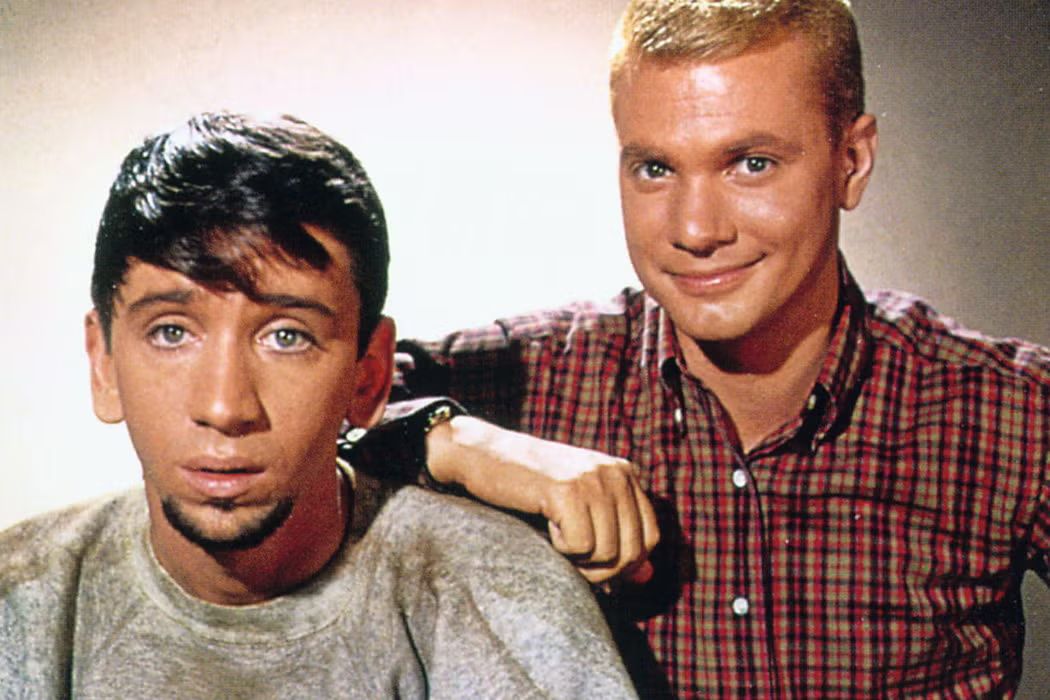
10. **The Beatnik Movement: Pushing Boundaries**While many embraced the tidy, suburban American Dream of the 1950s, a vibrant, intellectual, and wonderfully rebellious counterculture was brewing beneath the surface: the Beatnik movement! This influential group, consisting of writers, artists, and thinkers, actively challenged the era’s prevailing social norms, conformity, and consumerism, truly bringing a new kind of counterculture into the mainstream conversation.
Think less about picket fences and more about smoky coffeehouses, jazz clubs, and passionate discussions about existentialism and spontaneity. The Beatniks often expressed their disillusionment with mainstream society through their literature, poetry, and lifestyle choices, advocating for personal freedom, spiritual exploration, and a rejection of materialism. They were the ones rocking unconventional clothing, championing non-conformity, and living life on their own terms.
Though their numbers might have seemed small compared to the burgeoning suburban population, the Beatniks left an undeniable mark on popular culture. Their emphasis on artistic expression, individualism, and questioning authority laid important groundwork for the larger countercultural movements that would sweep through the 1960s. They were the early trailblazers who proved that not everyone was going to conform to the picture-perfect ideal, sparking a spirit of rebellion that would echo for decades to come.
Product on Amazon: Elevate Your Wardrobe with Effortless Style: Upgrade Your Fashion Game with Effortless Chic: Unveiling the Secrets to Elevate Your Wardrobe
Price: 11.95 USD
Rating: 2 Total reviews: 1
Shopping on Amazon >>
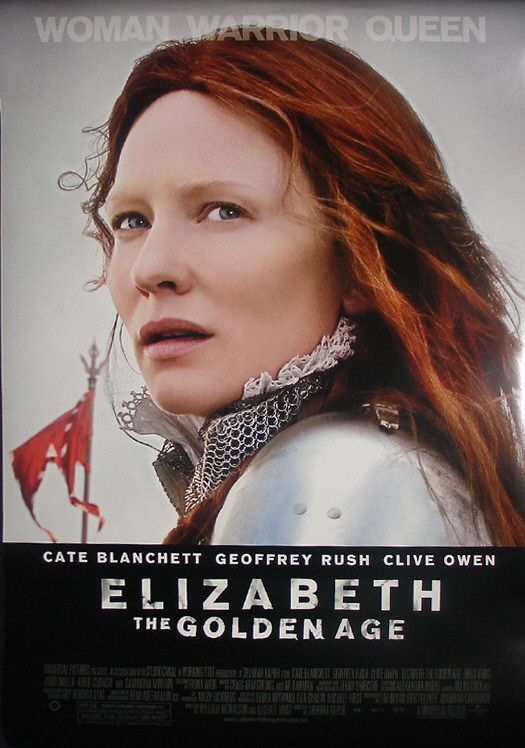
11. **The Golden Age of Film: Bigger, Brighter, and Bolder**Lights, camera, action! The 1950s truly were a golden age for cinema, where movies went from being a mere pastime to a grand, immersive experience. Hollywood was bustling, producing epic films like Ben-Hur, which famously snagged a record 11 Academy Awards in 1959, breathing new life into studios like MGM. But it wasn’t just about blockbusters; this decade also saw a renaissance in European cinema, with visionary directors like Federico Fellini winning the first foreign language film Academy Award.
The mid-1950s also saw a surge of films reflecting the era’s rock and roll energy and burgeoning teenage rebellion. Stars like Marlon Brando and James Dean became cultural touchstones, their on-screen personas mirroring the defiant spirit of a new generation and leaving a profound impact on American culture. These films were more than entertainment; they were a mirror reflecting and influencing the changing attitudes of the youth.
And talk about innovation! The 1950s were all about making movies bigger and better. Starting in 1953 with films like Shane and The Robe, widescreen motion pictures became the new norm, making every viewing feel more epic. It was also the “Golden Era” of 3D cinematography, a truly immersive experience for audiences. Even animated films soared, with Walt Disney delighting families with classics like Cinderella, Alice in Wonderland, Peter Pan, Lady and the Tramp, and Sleeping Beauty.
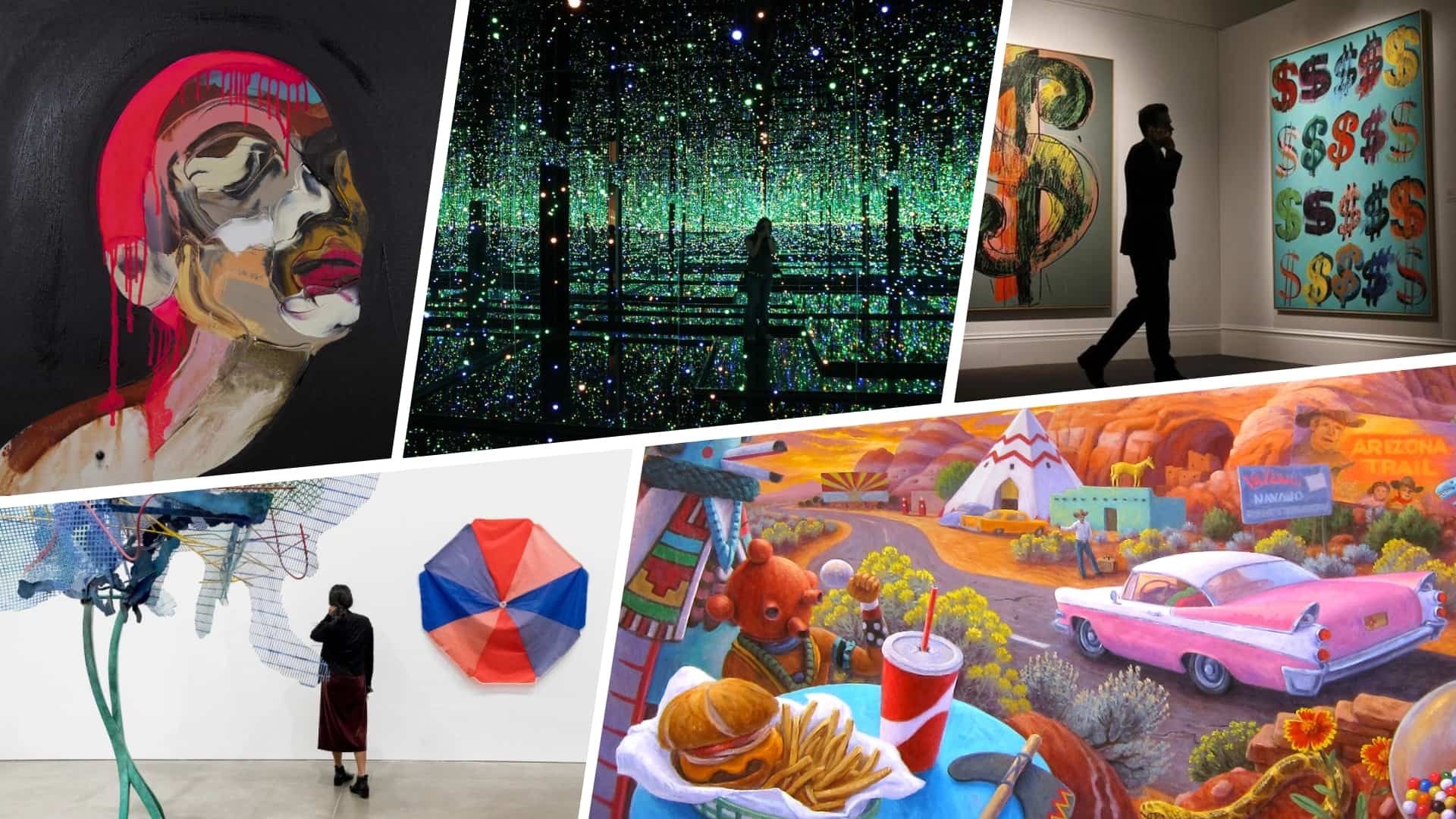
12. **Art Movements: From Abstract to Pop**Beyond the silver screen, the 1950s were a fascinating crucible for artistic expression, witnessing the evolution of groundbreaking art movements that reshaped the visual landscape. In the early part of the decade, Abstract Expressionism reigned supreme, with artists like Jackson Pollock and Willem de Kooning wielding immense influence. Their large, gestural canvases invited viewers to explore emotion and abstraction, pushing the boundaries of what art could be.
However, as the decade progressed towards its end, the focus subtly shifted. Color Field painting, championed by artists such as Barnett Newman and Mark Rothko, began to gain more prominence. This style emphasized large fields of solid color, often to evoke spiritual or contemplative responses, offering a more serene yet equally powerful alternative to the energetic brushstrokes of Abstract Expressionism, appealing to the next generation of artists and art lovers.
And then, just as the 50s were winding down, a new, incredibly bold movement began to take shape: Pop Art! With roots in Dadaism, Pop Art famously embraced the iconography of everyday life, drawing inspiration from television, photography, comics, cinema, and advertising. It marked a return to figurative art, directly challenging the dominance of Abstract Expressionism. While it initially gained traction in Great Britain, it was the late 50s and early 60s when artists like Andy Warhol began to explode onto the scene in the United States, cementing Pop Art’s place as a cultural phenomenon and forever changing how we view the ordinary as art.
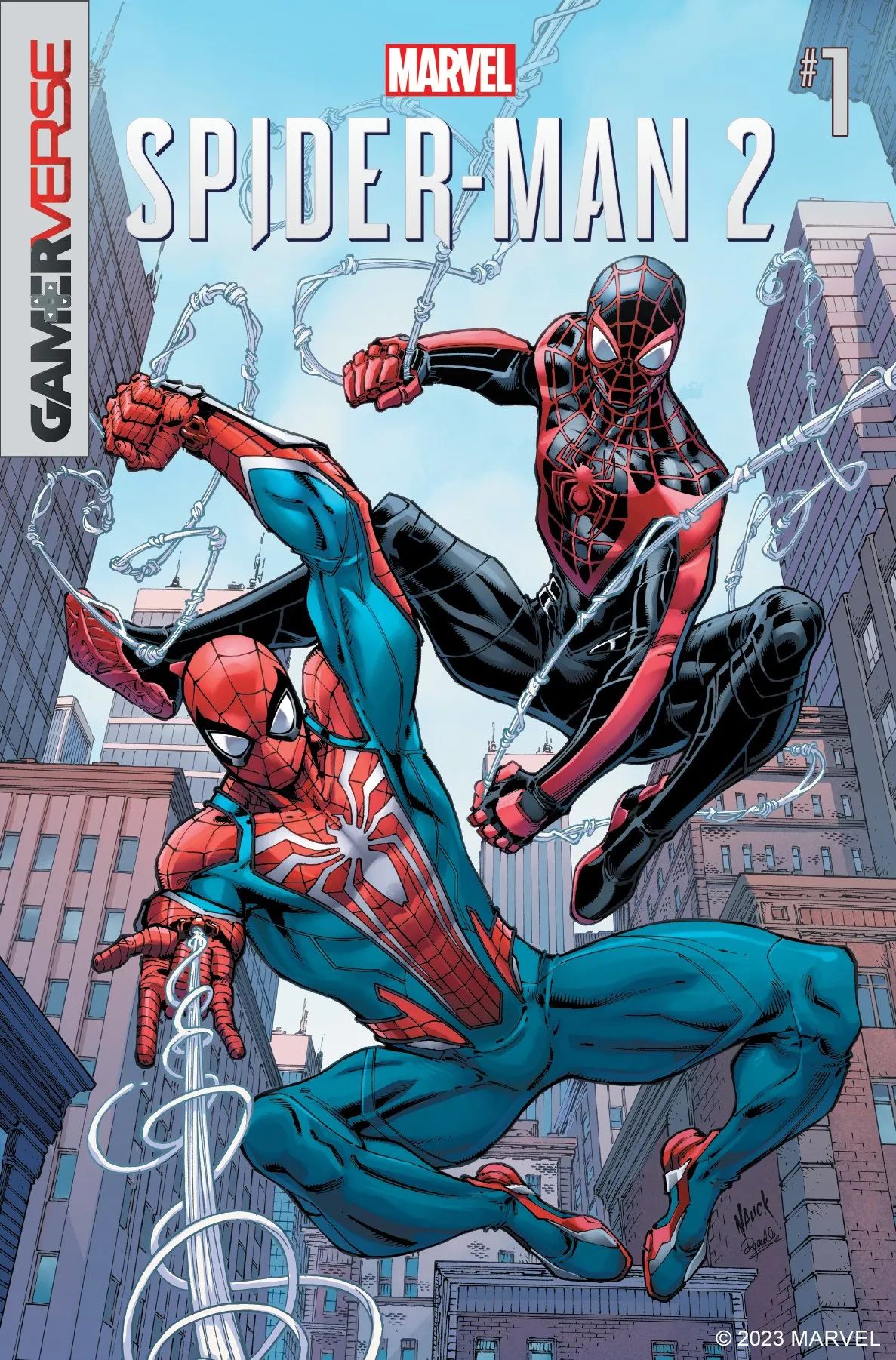
13 **Comic Book Innovations: Heroes and Humor**Get ready to geek out, because the 1950s were an absolute golden age for comic books, bringing forth characters and concepts that would become cornerstones of popular culture for decades! Perhaps the most beloved of all, the long-running comic strip Peanuts, made its iconic debut in this very decade. Featuring Charlie Brown, Snoopy, and the whole gang, it became nothing short of the most successful comic strip of all time, captivating hearts until its creator Charles M. Schulz passed away in 2000.
But the fun didn’t stop with newspaper strips; the 50s also introduced us to a whole new roster of unforgettable comic book characters who would go on to shape the superhero genre and beyond! Imagine, this was the decade that gave us the Martian Manhunter, the speedy Flash (specifically, Barry Allen!), the adventurous Asterix, the goofy Marmaduke, and the mischievous Dennis the Menace, along with Dennis and Gnasher. Even the charming blue Smurfs and the futuristic Astro Boy made their first appearances during this incredibly creative period.
These innovations weren’t just about entertainment; they reflected and influenced the burgeoning youth culture and consumerism of the era. Comic books provided thrilling escapes, moral lessons, and endless hours of enjoyment for millions of kids (and adults!). They were a vibrant, accessible form of storytelling that cemented their place in American households, proving that the power of a good story, drawn with vibrant colors and imaginative worlds, truly lasts.
Wow, what a ride! From the comfort of your living room to the bustling, new suburban shopping centers, and from the revolutionary sounds of rock and roll to the thought-provoking art movements, the 1950s were truly a decade that redefined America. It was a time of immense optimism, groundbreaking change, and unforgettable cultural shifts that continue to echo in our world today. So, next time you spot a vintage photo or hear a classic tune, remember the vibrant stories and the incredible people who brought this unforgettable era to life. It truly was a blast from the past, and it’s a past that still feels wonderfully alive, don’t you think?” , “_words_section2”: “1732



